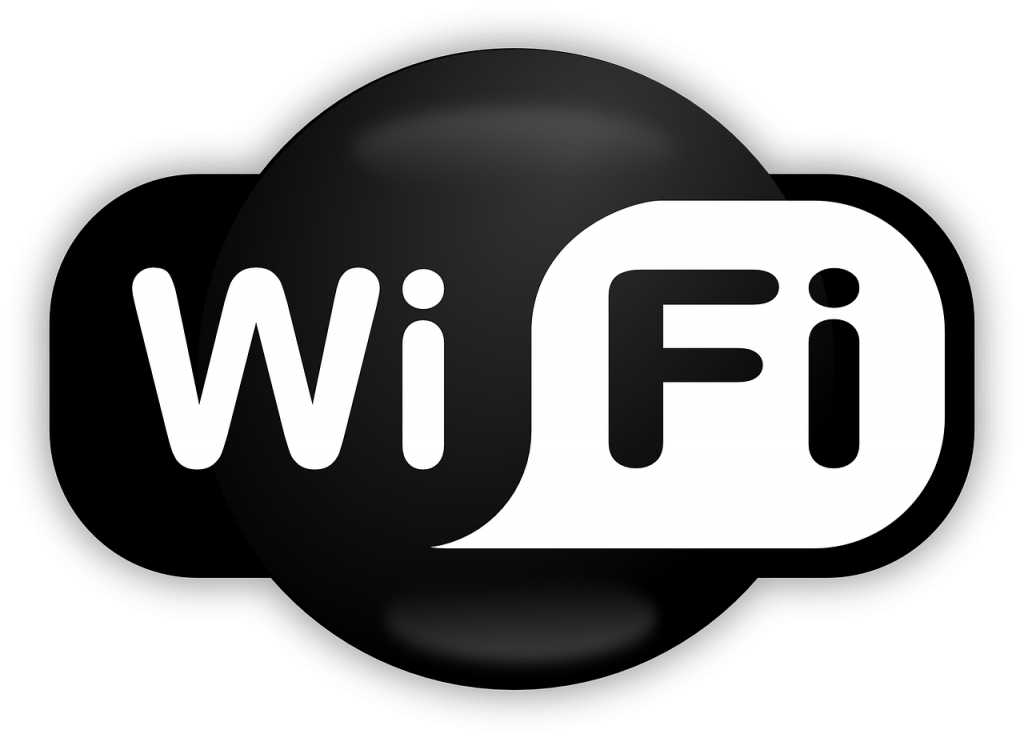This article was first published on our sister Site, Whats New On The Net.

OpenClipart-Vectors / Pixabay
The future is a “bright” & electronically driven spark on the horizon. However, the electricity to power all the devices needed to make this a reality, is in short supply. Fossil fuels are fast depleting, & alternate energy sources are expensive & difficult to setup.
So how about converting WiFi into electricity? What if a protocol like WiFi, which surrounds us everywhere, could be converted into enough power to drive electronic devices? Dr Xu Zhang, a postdoctoral fellow from MIT, & his team has found a way to make the dream of converting WiFi into electricity, a fact. Incidentally, he is set to join Carnegie Mellon University as an assistant professor.
According to this report on the MIT Website, a device known as a ‘rectenna’ is used to capture electromagnetic waves & convert them into electricity. The MIT team has used this novel antenna to ‘trap’ unlicensed frequencies such as those emitted by WiFi or Bluetooth. These waves are subsequently sent through a 2D semiconductor that transforms AC(Alternating Current) into DC(Direct Current), which can then be used to power devices. The current is strong enough to recharge a mobile phone, & generates about 40 microwatts of power when exposed to normal WiFi signals. The semiconductor can be manufactured in roll form rendering it flexible enough to be used on large areas, if applied end-to-end.
The concept of converting WiFi into electricity is not a new one, but an effective mechanism to perform the task have eluded scientists thus far. Dr Zhang’s breakthrough has been made possible due to a very lightweight conducting material, which is only 3 atoms thick called molybdenum disulfide (MoS2). The material is both cheap & flexible, making it a candidate for powering wearable electronics, general electronics, IoT devices & other small electronics, where a battery or electrical charger is currently in use.
Another application for the new system is in the medical field, where scientists have engineered connective devices known as “smart pills”, these ordinary pills are laden with electronic signals that are transmitted to doctors who can use the results to monitor patients for both medication effectiveness & the patient’s promptness at taking prescribed medication. Smart pills require a charger & traditional batteries are a danger since they contain lithium, which is poisonous.
Click here to read the rest.
